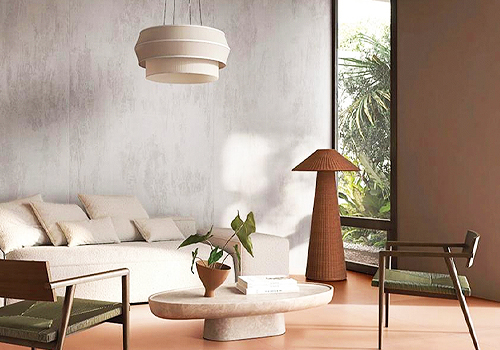2025 | Student

The Arthropod Odyssey
Entrant Company
Carnegie Mellon University
Category
Conceptual Design - Student Design
Client's Name
Carnegie Museum of Natural History
Country / Region
United States
In the Anthropocene, where humanity’s influence on the planet is unprecedented, recognizing the ecological significance of all life forms—especially arthropods—is more vital than ever. Arthropods, often overlooked and misunderstood, play crucial roles in sustaining ecosystems, yet their contributions remain underappreciated. Using the Bug Hall at the Carnegie Natural History Museum as a focal point, this project aligns with the museum’s mission to “deepen wonder and advance understanding of our natural world—past and present—in order to embrace responsibility for our collective future.” Museums offer a unique space to challenge and reshape perceptions, providing visitors opportunities to immerse themselves in otherwise inaccessible worlds. This project seizes that opportunity, educating and engaging families to recognize the plurality of lives cohabitating our planet—lives often unseen or unacknowledged.
The Arthropod Odyssey transforms how visitors perceive arthropods, encouraging curiosity, empathy, and an appreciation for their integral role in ecological balance. Through a multi-sensory journey that transcends temporal boundaries—connecting the past, present, and future—the exhibit reveals the complexities of arthropod life. By showcasing these creatures not as pests but as essential agents of ecological stability, the experience fosters a deeper understanding of their contributions to biodiversity. Visitors are immersed in interactive exhibits that combine tactile and visual engagement, offering them a chance to feel and see the intricate ways arthropods communicate, perceive the world, and impact their ecosystems.
This project is grounded in a constructivist design approach, prioritizing learner-centered creative collaboration, reflexive interactions, and enhanced accessibility. Each principle is demonstrated through technologies such as AR navigation, haptic feedback, projection mapping, and real-time visualizations, making the unseen lives of arthropods tangible and meaningful. Visitors follow an AR-guided path through the museum, culminating in multi-sensory experiences like SignalScape, VisionScape, and TerraScape, which highlight insect communication, perception, and ecological roles. These interactive stations not only educate but also inspire reflection and collaboration, extending the museum’s impact beyond its walls.
By bridging observation with understanding, The Arthropod Odyssey redefines how visitors engage with the natural world. It cultivates a lasting appreciation for arthropods, inviting all to see these creatures as vital partners in sustaining life on Earth.
Credits

Entrant Company
Beijing Upimages brand design company/Guo Xiaowei
Category
Packaging Design - Medical / Pharmaceutical


Entrant Company
East China Normal University
Category
Product Design - Smart Technologies


Entrant Company
Fafu Creative Ltd.
Category
Conceptual Design - Artificial Intelligence (AI)


Entrant Company
Guangdong Dongpeng Holding Co., Ltd.
Category
Product Design - Textiles / Floor Coverings
